Home>Garden Essentials>How Long Does Rosemary Take To Germinate
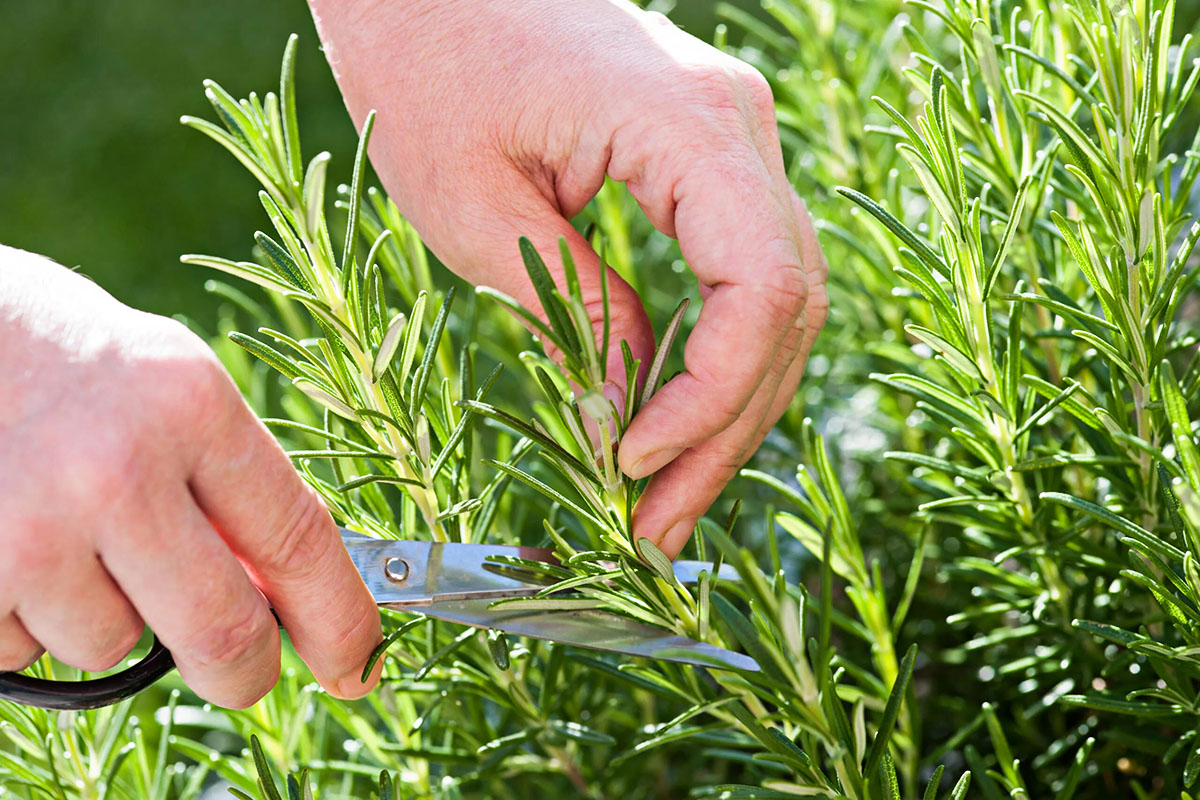

Garden Essentials
How Long Does Rosemary Take To Germinate
Modified: March 15, 2024
Learn how long it takes for rosemary to germinate in your garden. Find expert tips and advice on maximizing success for growing rosemary.
(Many of the links in this article redirect to a specific reviewed product. Your purchase of these products through affiliate links helps to generate commission for Storables.com, at no extra cost. Learn more)
Introduction
Gardening enthusiasts often find joy in growing a variety of plants, and one herb that holds a special place in many gardens is rosemary. With its delightful fragrance, versatile culinary uses, and potential health benefits, it’s no wonder that many people want to grow their own rosemary plants.
However, before you can enjoy the beauty and benefits of rosemary, you need to start with the germination process. Germination is the first step in the life cycle of a plant, where a seed sprouts and develops into a seedling. Understanding how long it takes for rosemary seeds to germinate is crucial for planning and successful cultivation.
Key Takeaways:
- Rosemary seeds take 15-30 days to germinate, but factors like temperature, moisture, and seed quality can affect the timeframe. Providing warmth, indirect light, and proper airflow can promote successful germination.
- To promote rosemary seed germination, consider scarifying the seeds, providing bottom heat, and ensuring consistent moisture. Be patient, monitor conditions, and employ techniques like pre-soaking and grow lights for optimal results.
Read more: How Long Does It Take Turnips To Germinate
Factors Affecting Rosemary Germination
Several factors can influence the germination of rosemary seeds. By knowing and optimizing these factors, you can increase your chances of successful germination.
- Seed Quality: The quality of the seeds you use plays a significant role in germination. Fresh, high-quality seeds have a higher chance of germinating successfully compared to old or low-quality seeds. It’s essential to source your seeds from reputable suppliers or consider harvesting them from a healthy rosemary plant.
- Moisture: Adequate moisture is essential for germination. However, it’s crucial to strike a balance as excessive moisture can cause the seeds to rot. The soil or growing medium should be consistently moist but not waterlogged.
- Temperature: Rosemary seeds prefer warm temperatures for germination. The optimal range is typically between 65-75°F (18-24°C). Providing consistent warmth can promote quicker and more successful germination.
- Light: Rosemary seeds do not require light for germination and can even germinate in darkness. However, providing a source of indirect light or placing the seeds near a sunny window can promote healthier and stronger seedlings.
- Air Circulation: Good air circulation is important for preventing fungal diseases and ensuring the seeds receive the necessary oxygen for germination. Avoid overly crowded seed trays or containers and provide proper ventilation.
Ideal Conditions for Germination
To maximize your chances of successful rosemary germination, it’s helpful to provide the ideal conditions for the seeds.
Start by selecting a well-draining potting mix or a seed-starting mix that offers good aeration. This helps prevent excessive water retention that can lead to seed rot.
Fill a seed tray or a container with the chosen potting mix and moisten it slightly. The soil should be moist but not drenched.
Place the rosemary seeds on the soil surface, spacing them evenly and covering them lightly with a thin layer of soil. Mist the top layer gently to provide moisture without displacing the seeds.
Position the seed tray or container in a warm location, ideally between 65-75°F (18-24°C). You can use a propagation heat mat to maintain a consistent temperature.
Provide indirect light or place the tray near a sunny window. However, avoid direct sunlight, as it can cause excessive heat and dry out the soil.
Ensure good airflow around the seeds by using a propagator or loosely covering the tray with a plastic dome or a plastic wrap with small air holes.
By creating these ideal conditions, you can significantly improve the germination success rate of your rosemary seeds.
Key Takeaways:
- Rosemary seeds take 15-30 days to germinate, but factors like temperature, moisture, and seed quality can affect the timeframe. Providing warmth, indirect light, and proper airflow can promote successful germination.
- To promote rosemary seed germination, consider scarifying the seeds, providing bottom heat, and ensuring consistent moisture. Be patient, monitor conditions, and employ techniques like pre-soaking and grow lights for optimal results.
Read more: How Long Does It Take Turnips To Germinate
Factors Affecting Rosemary Germination
When it comes to successfully germinating rosemary seeds, several factors come into play. By understanding and optimizing these factors, you can increase the likelihood of successful germination and ultimately enjoy a bountiful harvest of this aromatic herb.
Seed Quality: The quality of the seeds you start with is crucial. It’s recommended to use fresh, high-quality seeds obtained from reputable suppliers or harvested from healthy rosemary plants. Older or low-quality seeds may have a lower germination rate and can hamper your success.
Moisture: Adequate moisture is essential for seed germination, but excessive moisture can be detrimental. It’s important to strike the right balance. Keep the soil or growing medium consistently moist but not waterlogged. Overwatering can lead to rotting of the seeds or damping off of the emerging seedlings.
Temperature: Rosemary seeds prefer warm temperatures for germination. The ideal temperature range is typically between 65-75°F (18-24°C). Providing consistent warmth can promote quicker and more successful germination. A heating mat or propagator can help maintain a stable temperature for optimal results.
Light: While rosemary seeds do not require light for germination, providing a source of indirect light can stimulate healthier and stronger seedlings. Placing the seeds in a bright location or using fluorescent grow lights can aid in germination and promote robust growth. However, avoid exposing the seeds to direct sunlight, as it can cause excessive heat and dry out the soil.
Air Circulation: Good air circulation is crucial for successful seed germination. Proper ventilation prevents the buildup of excess humidity, reducing the risk of fungal diseases. Ensure that the seed trays or containers are not overcrowded, allowing adequate space for airflow. A small fan or open vents can help improve air circulation around the seeds.
Seed Depth: Rosemary seeds are generally small and require minimal covering. Plant them at a shallow depth of about 1/4 inch (6mm) in well-draining potting mix or seed-starting mix. Buried too deep, the seeds may struggle to push through the soil surface and may not germinate properly.
Seed Scarification: Some gardeners recommend scarifying rosemary seeds to improve germination rates. Scarification involves gently nicking or scratching the seed coat to help water penetrate and promote faster germination. This technique can be done by rubbing the seeds gently with fine-grit sandpaper or soaking them in warm water for a few hours before planting.
By paying attention to these factors and providing optimal growing conditions, you can greatly increase the chances of successful rosemary seed germination. Remember to be patient, as germination time can vary, and with proper care, you’ll soon have healthy rosemary seedlings ready for transplanting into your garden or containers.
Ideal Conditions for Germination
To maximize the chances of successful germination, it is essential to provide the ideal conditions for rosemary seeds. By creating a nurturing environment, you can help the seeds sprout and develop into healthy seedlings.
Choosing the Right Growing Medium: Start by selecting a well-draining potting mix or seed-starting mix. Avoid heavy soils that retain too much water, as they can lead to seed rot. Opt for a lighter, well-aerated medium that promotes proper moisture retention.
Moistening the Soil: Before planting the seeds, moisten the soil lightly. Ensure that the moisture is evenly distributed throughout the growing medium. However, be careful not to saturate the soil, as excessive moisture can lead to issues such as damping off or fungal diseases.
Planting the Seeds: Gently press the rosemary seeds into the soil surface. Aim for a spacing of about 1 inch (2.5 cm) between each seed. Since rosemary seeds are small and light, they require minimal covering. Sprinkle a thin layer of soil or vermiculite over the seeds, just enough to lightly cover them.
Temperature: Rosemary seeds prefer warm temperatures for successful germination. Provide a consistent temperature range of 65-75°F (18-24°C). If your home or growing area tends to be cooler, you can use a heating mat or propagator to maintain the desired temperature. Avoid exposing the seeds to extreme temperature fluctuations.
Light: While light is not necessary for rosemary seed germination, providing a source of indirect light can aid in the process. Place the seed tray in a bright location, such as near a south-facing window, or use fluorescent grow lights. Aim for 12-16 hours of light per day to provide the seeds with the energy they need for germination.
Humidity: Rosemary seeds benefit from a slightly humid environment, which helps retain moisture necessary for germination. Covering the seed trays with a plastic dome or using a clear plastic wrap with small air holes can create a mini-greenhouse effect and maintain the desired humidity levels. Regularly check the moisture level and ventilation to prevent excessive humidity or the growth of mold.
Patience and Care: Rosemary seeds generally take around 15-30 days to germinate, although it can sometimes take longer. During this period, it’s important to keep the soil consistently moist and provide the ideal germination conditions. Be patient and avoid disturbing the seeds or overwatering them, as this can disrupt the germination process.
By creating these ideal conditions for germination, you are giving the rosemary seeds the best opportunity to sprout and grow. Remember to monitor the moisture levels, temperature, and lighting, and provide the necessary care and attention. With time and patience, you’ll be rewarded with the emergence of healthy rosemary seedlings, ready to be transplanted into your garden or containers.
Rosemary seeds can take 15-25 days to germinate. To speed up the process, soak the seeds in warm water for 24 hours before planting. Keep the soil consistently moist and provide warmth for best results.
Read more: How Long Does It Take Sorghum To Germinate
Germination Timeframe of Rosemary Seeds
When it comes to germinating rosemary seeds, patience is key. The germination timeframe for rosemary seeds can vary depending on various factors, including environmental conditions and seed quality. On average, it can take anywhere from 15 to 30 days for rosemary seeds to germinate, although it’s not uncommon for germination to take longer.
Several factors can influence the germination timeline. Temperature plays a significant role, as rosemary seeds prefer warm conditions for germination. Providing a constant temperature range of 65-75°F (18-24°C) can help facilitate quicker and more successful germination. However, it’s essential to ensure that the temperature remains consistent without extreme fluctuations.
Seed quality is another crucial factor. Fresh, high-quality rosemary seeds generally have higher germination rates and tend to sprout more quickly compared to older or low-quality seeds. It’s recommended to obtain seeds from reputable suppliers or consider harvesting them from mature, healthy rosemary plants in your garden.
Light is not a prerequisite for rosemary seed germination, and the seeds can germinate in darkness. However, providing a source of indirect light can help stimulate healthier and stronger seedlings. Placing the seed tray near a sunny window or using fluorescent grow lights for 12-16 hours a day can promote optimal growth. Avoid exposing the seeds to direct sunlight, as it can lead to excessive heat and dry out the soil.
Moisture is crucial throughout the germination process. The soil or growing medium should be consistently moist, but not waterlogged. Overwatering can cause the seeds to rot. To maintain the right moisture level, regularly check the soil and mist it gently if it starts to dry out. Using a plastic dome or plastic wrap with small holes can help retain moisture and create a mini-greenhouse effect.
It’s important to note that while the average germination timeframe for rosemary seeds falls within the 15-30 day range, it can sometimes take longer. Germination rates can be influenced by factors such as seed dormancy, the presence of germination inhibitors, or suboptimal growing conditions. In some cases, germination may not occur uniformly, and seeds may sprout over an extended period.
During the germination process, it’s crucial to be patient and avoid disturbing the seeds or overwatering them. Keep a close eye on the seeds, maintain optimal growing conditions, and provide the care and attention required. With time and proper care, you’ll soon witness the emergence of tiny rosemary seedlings, marking the successful completion of the germination stage.
Methods to Promote Rosemary Germination
While rosemary seeds can sometimes be slow to germinate, there are several methods you can employ to promote their germination and increase your chances of success. By providing the optimal conditions and implementing specific techniques, you can help expedite the germination process and ensure healthy seedling development.
Seed Scarification: Rosemary seeds have a tough outer coat that can hinder water absorption and germination. Scarification involves breaking or weakening the seed coat to facilitate water penetration. You can achieve this by gently rubbing the seeds with fine-grit sandpaper or soaking them in warm water for a few hours before planting. Scarifying the seeds can significantly improve germination rates.
Stratification: Rosemary seeds have naturally occurring dormancy mechanisms that prevent them from germinating too early or in unfavorable conditions. To overcome this dormancy, you can use a technique called stratification. Place the seeds in a damp paper towel or a sealed container with moistened sand or vermiculite, and refrigerate them for a few weeks. This cold treatment simulates the natural winter conditions that can break seed dormancy and promote germination.
Pre-soaking: Pre-soaking rosemary seeds in warm water before planting can help soften the seed coat and accelerate germination. Simply place the seeds in a bowl of warm water for a few hours prior to planting. This can increase water uptake and kickstart the germination process.
Bottom Heat: Rosemary seeds prefer warm temperatures for optimal germination. To provide consistent warmth, you can use a heating mat or propagator placed beneath the seed trays or containers. This gentle bottom heat helps maintain the desired temperature range of 65-75°F (18-24°C) and can expedite germination.
Grow Lights: While rosemary seeds do not require light to germinate, providing a source of indirect light can enhance the germination process. Positioning the seed tray near a sunny window or using fluorescent grow lights for 12-16 hours a day can stimulate seedling growth and promote stronger plants.
Consistent Moisture: Adequate moisture is vital for successful germination. Ensure that the soil or growing medium remains consistently moist, but not waterlogged. Monitor the moisture levels regularly and mist the soil surface if it starts to dry out. Using a plastic dome or plastic wrap with small air holes can help retain moisture and create a favorable growing environment.
Patience and Monitoring: Germination can vary in duration, sometimes taking longer than expected. It’s important to be patient and avoid disturbing the seeds during this critical stage. Regularly monitor the moisture levels, temperature, and light exposure, making adjustments as needed. With proper care and attention, you’ll soon witness the emergence of rosemary seedlings.
By utilizing these methods and creating optimal conditions, you can encourage rosemary seed germination and set the stage for successful growth. Remember that each seed is unique, and results may vary. Exercise patience and provide attentive care, and you’ll soon have a thriving batch of rosemary seedlings ready for transplanting into your garden or containers.
Common Issues and Solutions
While germinating rosemary seeds can be an exciting endeavor, it is not without its challenges. Several common issues may arise during the germination process. By recognizing these issues early on and implementing the appropriate solutions, you can increase your chances of successful rosemary seed germination.
Slow or Uneven Germination: Rosemary seeds can be slow and unpredictable in their germination timeframe. However, if the germination is excessively slow or uneven, it may indicate suboptimal conditions. Ensure that you are providing consistent warmth, proper moisture levels, and indirect light. If necessary, consider using a seedling heat mat to boost the temperature or adjust watering practices to maintain consistent moisture.
Mold or Fungal Growth: Excessive moisture, inadequate air circulation, or poor drainage can lead to the growth of mold or fungi on the soil surface. To prevent this issue, avoid overwatering and ensure good airflow around the seeds. Increase ventilation by removing any plastic covers or adjusting the plastic dome to allow for better air circulation. If mold or fungus becomes a persistent issue, consider using a fungicide approved for use on seedlings.
Damping Off: Damping off is a fungal disease that causes young seedlings to wilt, collapse, and eventually die. It occurs when the soil is too wet and lack of proper air circulation. To prevent damping off, ensure that the soil is well-drained and not overly saturated. Sterilize the seed trays or use fresh seed-starting mix to minimize the risk of fungal contamination. Providing good airflow and avoiding overcrowding of seedlings can also help prevent damping off.
Poor Seed Quality: The quality of the seeds plays a significant role in germination success. If you’re experiencing consistently low germination rates or no germination at all, it may be due to poor seed quality. Ensure that you’re using fresh, viable rosemary seeds from reputable suppliers. Consider conducting a germination test on a small batch of seeds before sowing them all to determine their viability.
Pest Infestation: Although less common during the germination stage, pests such as fungus gnats or aphids can sometimes affect seedlings. Monitor for any signs of pests, including small insects, yellowing leaves, or wilting seedlings. Use organic pest control methods such as insecticidal soap or introducing beneficial predators like ladybugs to manage pest infestations. Keeping the growing area clean and practicing good hygiene can also help prevent pest issues.
Lack of Good Drainage: Rosemary seeds require well-draining soil to prevent waterlogged conditions that can lead to rot or disease. If the soil is retaining too much water, you can amend it with perlite or sand to increase drainage. Alternatively, consider using a seed-starting mix specifically designed for good aeration and drainage.
Seedling Transplant Shock: After the seeds have germinated and the seedlings have grown to a suitable size, you may choose to transplant them into larger pots or your garden. Be gentle when handling the seedlings and ensure that the soil in the new location is well-prepared and adequately watered. Gradually acclimate the young seedlings to the new environment by exposing them to outdoor conditions for short periods each day, gradually increasing the duration. This will help minimize transplant shock and ensure a successful transition.
By being aware of these common issues and having the appropriate solutions at hand, you can overcome challenges and increase your chances of successful rosemary seed germination. Remember to monitor the growing conditions, adjust as needed, and provide attentive care. With patience and proper care, you’ll soon have robust rosemary plants ready to enhance your garden or culinary delights.
Conclusion
Germinating rosemary seeds can be a rewarding and fulfilling experience for gardeners and herb enthusiasts. By understanding the factors that affect germination, creating ideal conditions, and implementing proven methods, you can greatly increase your chances of successful germination and cultivate healthy rosemary plants.
Factors such as seed quality, moisture levels, temperature, light, and air circulation all play important roles in determining the germination success rate. Using high-quality seeds, maintaining consistent moisture without overwatering, providing warmth, ensuring proper airflow, and offering indirect light can promote optimal germination conditions.
Methods like seed scarification, stratification, pre-soaking, bottom heat, and the use of grow lights can be utilized to enhance germination rates and speed up the process. Each method has its benefits and can be adapted based on individual preferences and conditions.
Common issues such as slow germination, mold or fungal growth, damping off, poor seed quality, pest infestation, insufficient drainage, and transplant shock can occur during the germination process. By identifying these issues early and implementing the appropriate solutions, you can overcome challenges and ensure the success of your rosemary seedlings.
Remember to practice patience and provide consistent care throughout the germination process. Pay attention to environmental factors, monitor moisture levels, temperature, and light exposure, and adjust as needed. By doing so, you’ll give your rosemary seeds the best chance to sprout and develop into healthy seedlings.
Ultimately, with proper knowledge, planning, and attentive care, you’ll be rewarded with a bountiful crop of fresh rosemary that can be used in culinary creations, infused into oils, or enjoyed for its aromatic beauty. So go ahead and embark on your rosemary germination journey, and delight in the satisfaction of growing this versatile herb from seed.
Frequently Asked Questions about How Long Does Rosemary Take To Germinate
Was this page helpful?
At Storables.com, we guarantee accurate and reliable information. Our content, validated by Expert Board Contributors, is crafted following stringent Editorial Policies. We're committed to providing you with well-researched, expert-backed insights for all your informational needs.





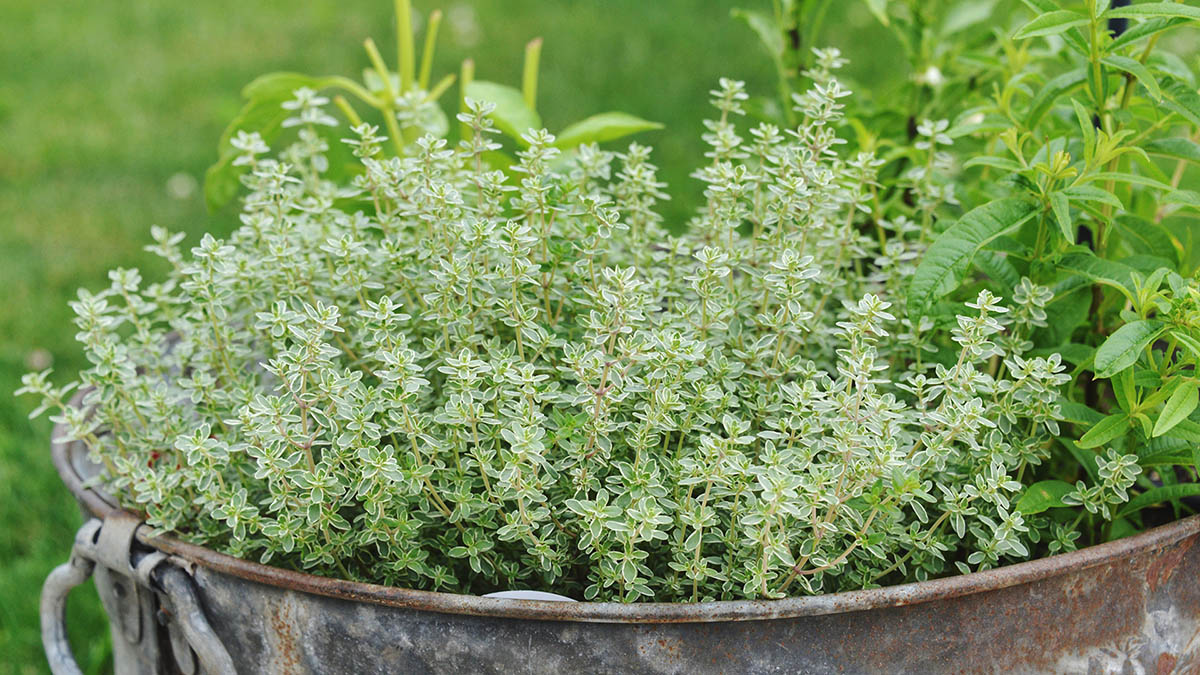



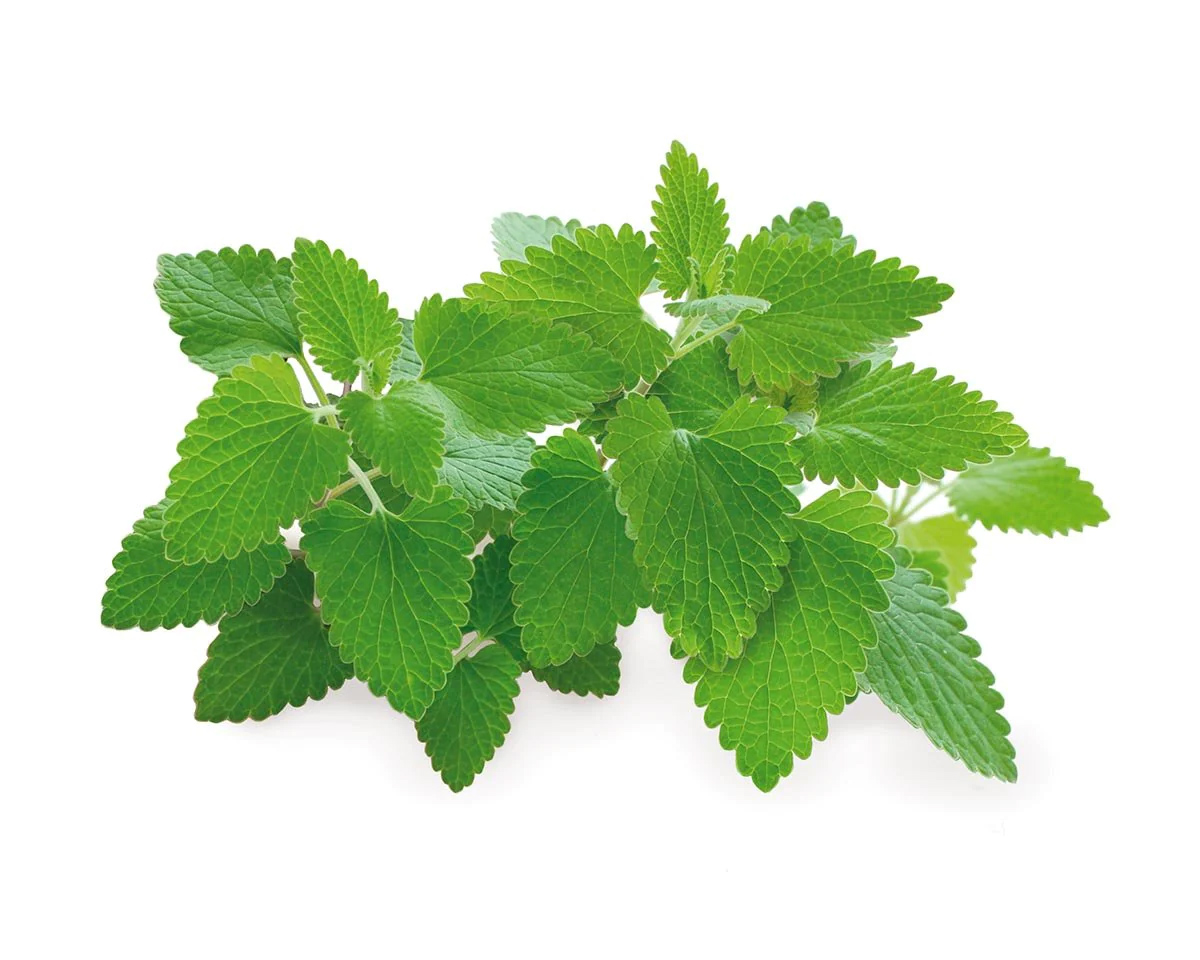
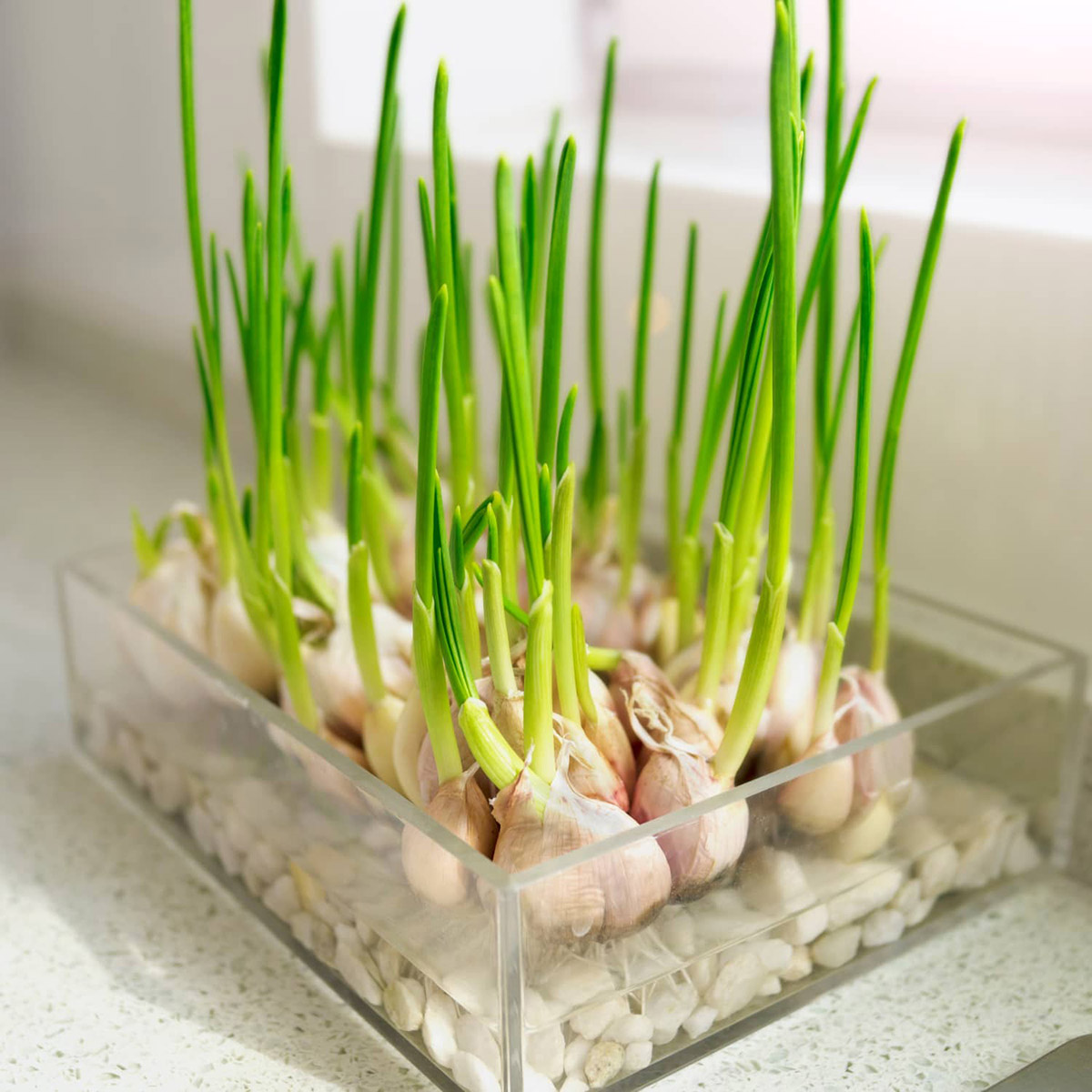
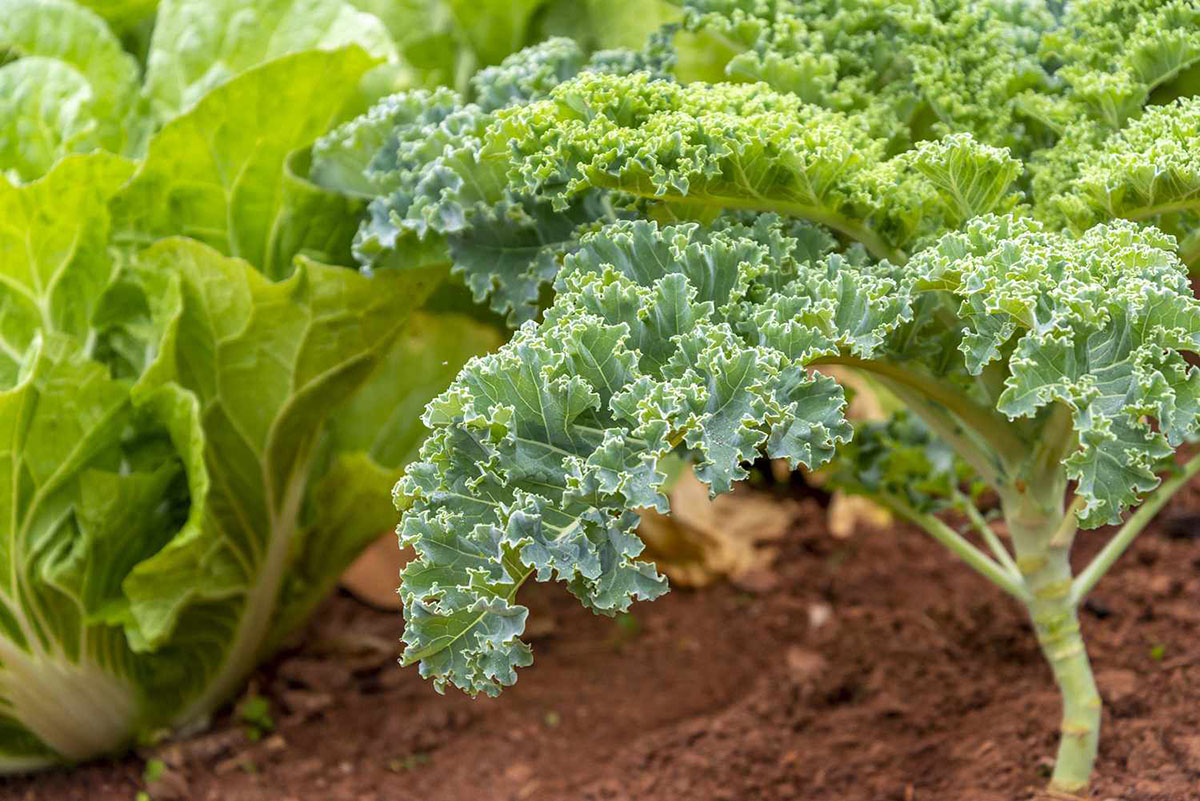
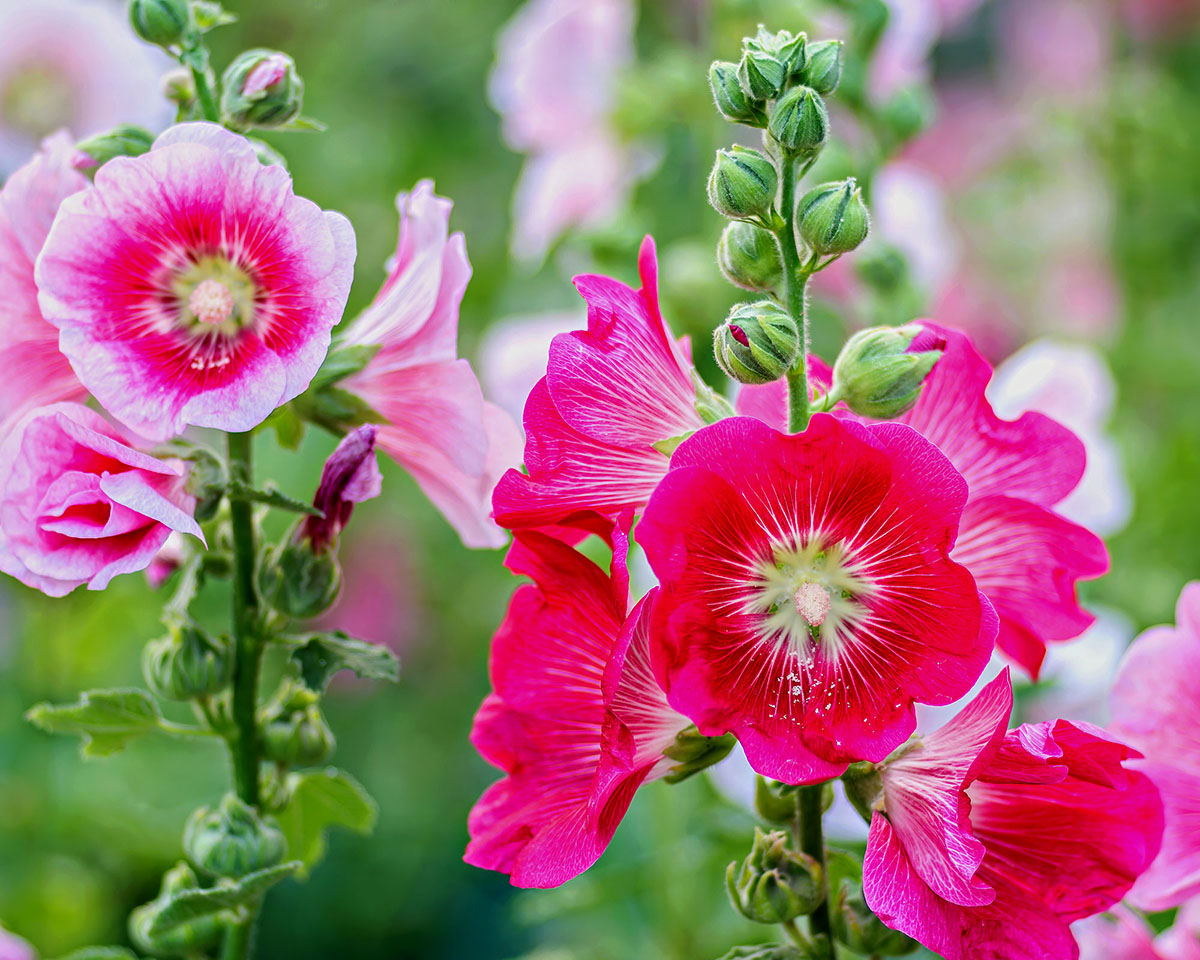
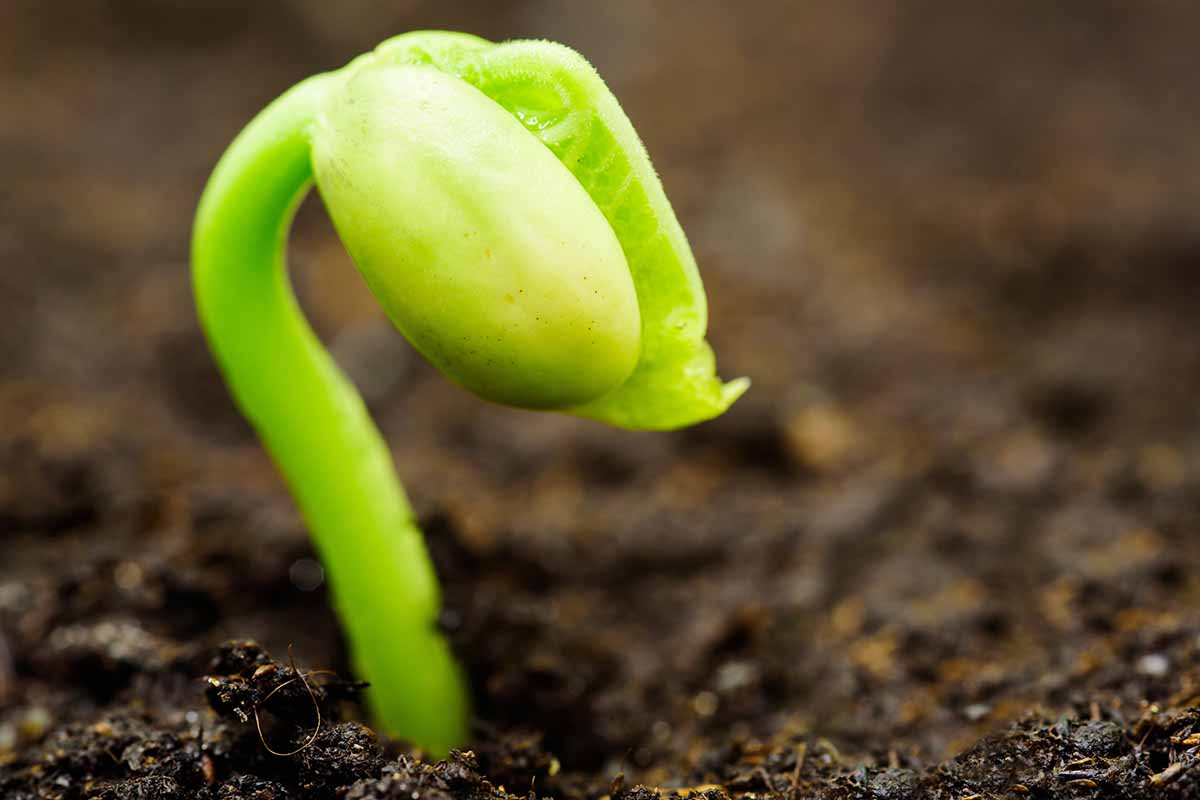

0 thoughts on “How Long Does Rosemary Take To Germinate”